The main components of
ductile iron pipes include carbon, silicon, manganese, sulfur, phosphorus, and magnesium. They conform to standards GB/T13295-2003 and ISO2531/2003, exhibiting excellent corrosion resistance, good ductility, good sealing performance, and easy installation. They are mainly used for water supply, gas transmission, and oil transportation in municipal and industrial enterprises.
1. Performance Comparison between Ductile Iron Pipes and Ordinary Cast Iron Pipes:
Ductile iron pipes are manufactured by adding alkaline earth metals or rare metals such as magnesium and calcium to the raw materials of ordinary cast iron pipes. The casting processes for ductile iron pipes include continuous casting, hot mold casting, and water-cooled centrifugal casting. The water-cooling method is currently the most advanced technology in the world. The technical performance of ductile iron pipes varies depending on the process.
Compared to ordinary cast iron pipes, ductile iron pipes not only maintain the corrosion resistance of ordinary cast iron pipes but also have advantages such as high strength, good toughness, thin walls, light weight, impact resistance, high bending performance, and convenient installation. Therefore, ductile iron pipes are not only widely used abroad, but also well promoted and used domestically. In many regions of my country, ductile iron pipes are commonly used in small and medium diameter water supply pipes.
2. Performance Comparison between Ductile Iron Pipes and Steel Pipes:
Steel pipes can be divided into welded steel pipes and seamless steel pipes. Welded pipes are generally used in water supply pipelines. Compared with ductile iron pipes, steel pipes have advantages such as good toughness, high tensile strength, thin wall, high pressure resistance, long pipe length, and fewer joints. Their biggest disadvantages are poor corrosion resistance and high price. Therefore, under normal circumstances, except for small-diameter pipes and special projects (such as pipe jacking projects);
3. Performance comparison between ductile iron pipes and prestressed reinforced concrete pipes:
Ductile iron pipes and prestressed reinforced concrete pipes (suitable for large-diameter pipes, with the largest diameter exceeding 2000) have the following characteristics:
(1) Energy saving, the main materials are sand and stone, which can be sourced locally.
(2) Heavy, brittle, difficult to cut and chisel, and relatively difficult to construct.
(3) Working pressure is 20% lower than that of ductile iron pipes. -40%, which is 0.15-0.25 MPa.
(4) The maximum deflection angle is 1.5 degrees, while that of ductile iron pipe can reach 3.0 degrees. Therefore, the terrain adaptability of prestressed reinforced concrete pipe is poor.
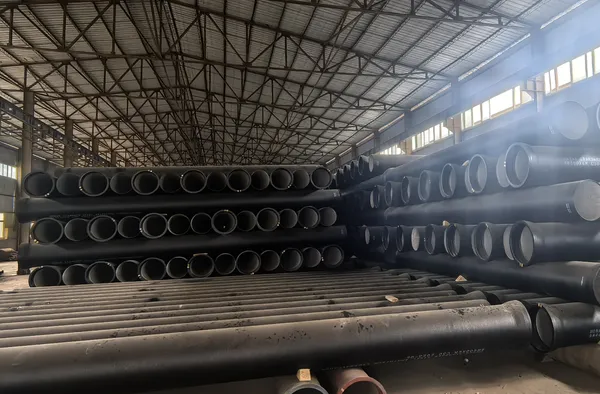
4. Performance comparison between ductile iron pipe and PVC plastic pipe:
Compared with ductile iron pipe, PVC pipe is characterized by smooth inner wall, light weight, corrosion resistance, good anti-scaling performance, and low price. However, it also has many disadvantages, mainly as follows:
(1) It is prone to aging and has large thermal expansion and contraction. It is not suitable for long-term exposure to sunlight. The storage room temperature should not exceed 40℃.
(2) It has low strength and poor compressive strength. Improper construction can easily cause deformation.
(3) It has poor rigidity and poor flexibility, which can easily cause leakage.
Disadvantages of Ductile Iron Pipes
1. Higher Cost and Weight
DIP costs more than PVC or HDPE and requires heavy machinery for installation.
2. Installation Complexity
Proper jointing and trench preparation demand skilled labor and careful handling.
3. Corrosion Risk if Protection Fails
Damage to coatings may lead to internal or external corrosion over time.
4. Limited in Extreme Pressure Applications
Other materials may outperform DIP in very high-pressure or deep installations.
5. Manufacturing Impact
Production consumes energy and generates emissions, despite recyclability.






 English
English Español
Español بالعربية
بالعربية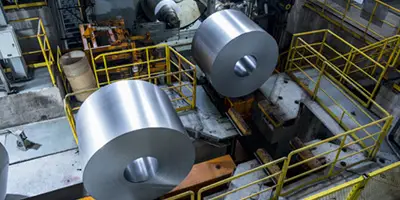
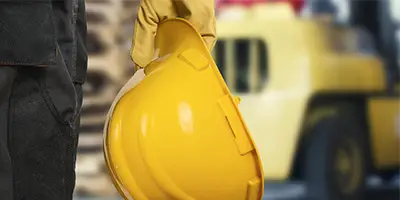
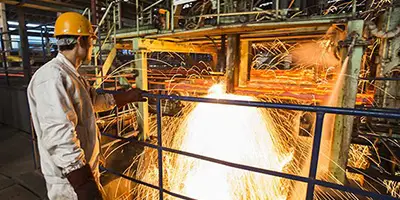
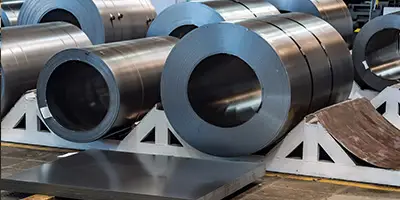

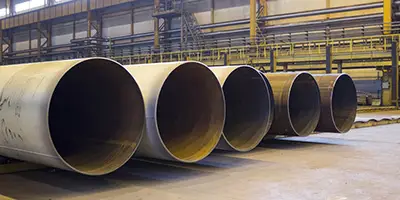
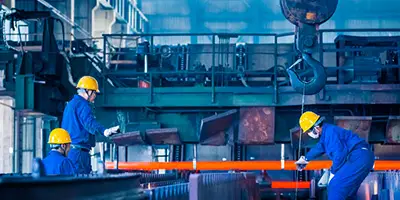
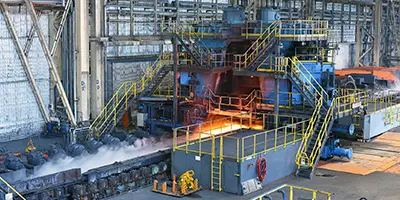
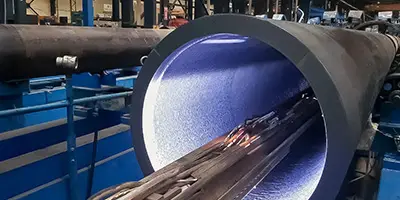
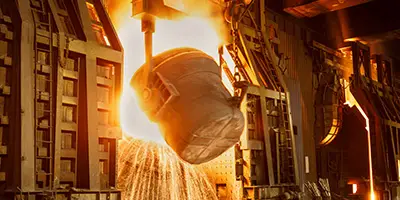
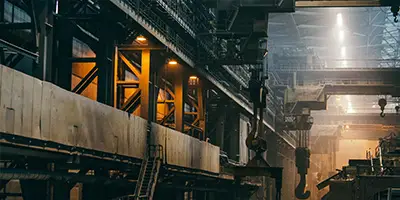

 Phone :
Phone :  Whatsapp :
Whatsapp :  Email :
Email : 


